SPHERE3 RECAP: SQUARING THE SPHERE
[We would like to thank Rob Mitchum for recapping last night's show. Rob is a science and music writer in Oak Park, IL. He tweets about Phish @phishcrit, other stuff @robmitchum, and he has undertaken the Sisyphean task of writing about every Phish show on its 25-year anniversary, which will take him until at least 2047…and counting.Thank you Rob! -Ed.]
For all the billions of dollars invested in audiovisual technology at the Las Vegas Sphere, the thing I was most curious about for these shows was decidedly less flashy: would the members of Phish stand in their usual spots? For 99.9% of Phish shows, they have set themselves up in the same way – four-across on a rectangular stage at one end of the venue. But the few times they deviated from this layout have almost always produced memorable experiences and unusual music, from the alternative stages of late-night festival sets and the inward-facing square of the Chilling Thrilling Sounds of the Haunted House costume to the flatbed truck in the round and the hourglass stage of MSG NYE stunts.
.jpg)
SPHERE2 RECAP: ISO 2 SATURDAYS
[This recap is courtesy of Silas Cole, user @ObviousFool (Instagram @nice_shades), thank you Silas! -Ed.]
There are many things that set Phish shows at Sphere apart from other Phish shows, first and foremost, the visuals. I will do my best to describe the visual accompaniments, but words cannot possibly do justice to the spectacular displays, so I’ll also provide pictures. I also found myself less immersed in the music, for better or worse, and this recap accurately reflects that.
When we first entered the room, we were greeted by an enormous 3.67-acre LED array with a resolution of 16000x16000---the highest resolution LED screen on the planet. Once we sat down, we noticed the glaring lack of a light rig or stacks of speakers, but hidden behind the screen and throughout the venue there are over 168,000 separate speaker drivers, amps, and processing channels, an auditory nirvana.
.jpg)
SPHERE1 RECAP
[This recap primarily of the scene is courtesy of dot net user @saw_ita_Jen, Jenny Chadbourne. As with all recaps, the views expressed are those of the recapper and may not reflect the views of any of the volunteers who run this site. -Ed.]
With night one on the books, I sit here in my room trying best articulate this experience, which is not easy. It's akin to trying to describe the sky and the colors of the sunset, or what it feels like to be in a redwood forest at sunset. The full emergence of the experience is truly grand, beyond anything you can comprehend. In this case a picture (of Nectar) is really worth a thousand words (so there a bunch in this recap).
The Sphere is a force of color and light on the strip, it’s hard to miss in the day or nighttime. It’s constantly radiating light, and color. A true work of psychedelic genius. For reference, the Hampton Coliseum is 84,827 cubic feet (26,263 square foot arena floor and a 70-foot ceiling), but Sphere is 875,000 cubic feet, as it's 366 feet tall and 516 feet wide. As the cherry on top, we get graphics for Dead and Co---it’s really special to have that steal your face imagery in the mix.
.jpg)
PHISH STUDIES CONFERENCE UNVEILS 2024 AGENDA, SPHERE PHANART EVENT
[This post is courtesy of Dr. Stephanie Jenkins. -Ed.]
The agenda for the 2024 Phish Studies Conference (May 17-19), hosted by Oregon State University and The Mockingbird Foundation, is now available! The complete schedule of panels, performances, exhibits, and vendors is available at phishstudies.net.
Registration is open to the public -- fans and scholars alike.
.jpg)
ATTENDANCE BIAS PODCAST REVISITS PHIL LESH AND PHRIENDS AT THE WARFIELD, APRIL 15-16-17, 1999
IT has been twenty-five years since April 1999, a musically awe-inspiring month for Bay Area fans of improvisational rock. Those who loved the Grateful Dead, Phish, Steve Kimock (and Zero and KVHW, among the greatest improvisational rock bands in history imnsfho), and Carlos Santana couldn’t be happier. That's because in addition to the three Warfield PhilSH shows mid-month---which you can (re)listen to here or on Archive.Org or even watch video of on YouTube---April 1999 began with two legendary KVHW shows at the Great American Music Hall. The month also featured two Zero shows at the Maritime Hall the weekend of April 9; three Santana Fillmore shows, the third of which on April 18 featured Trey and Page on a few tunes (my review of it on this site is at phish.net/review-archive/shows/4-18-99.html; a stealth-taped fob-daud of this show used to circulate on DAT, CDR and cassette but I can't find it online today); two Jazz Is Dead shows at the Maritime Hall with Kimock on April 23 and 24; and then a Kimock, Vega, Hertz and (Jimmy) Herring (“KVHH”) show on April 30 up 101 north in Petaluma! This was certainly among the greatest months of music in my life and the lives of many others.
The magnificent, transcendent music of the April 1999 Phil Lesh and Friends Warfield shows, featuring Phil on bass, Steve Kimock and Trey on rhythm and lead guitars, Page McConnell on keyboards, and John Molo on drums, has been exhaustively discussed by many, including in detailed reviews posted in the glow of the events 25 years ago. The shows continue to be among the greatest improvisational musical performances I have ever seen, and you'll hear more from me about that than you ever needed or wanted to know if you listen to the Attendance Bias podcast episode about these shows with host Brian Weinstein; you can listen to it wherever you listen to your podcasts.

SURRENDER TO THE FLOW #82: LAS VEGAS 2024
[This post is courtesy of Christy Articola. -Ed.]
This issue is full of good stuff for you! It includes information about this year's Vegas run including where to eat, things to do, and lots of information about this new and exciting venue.
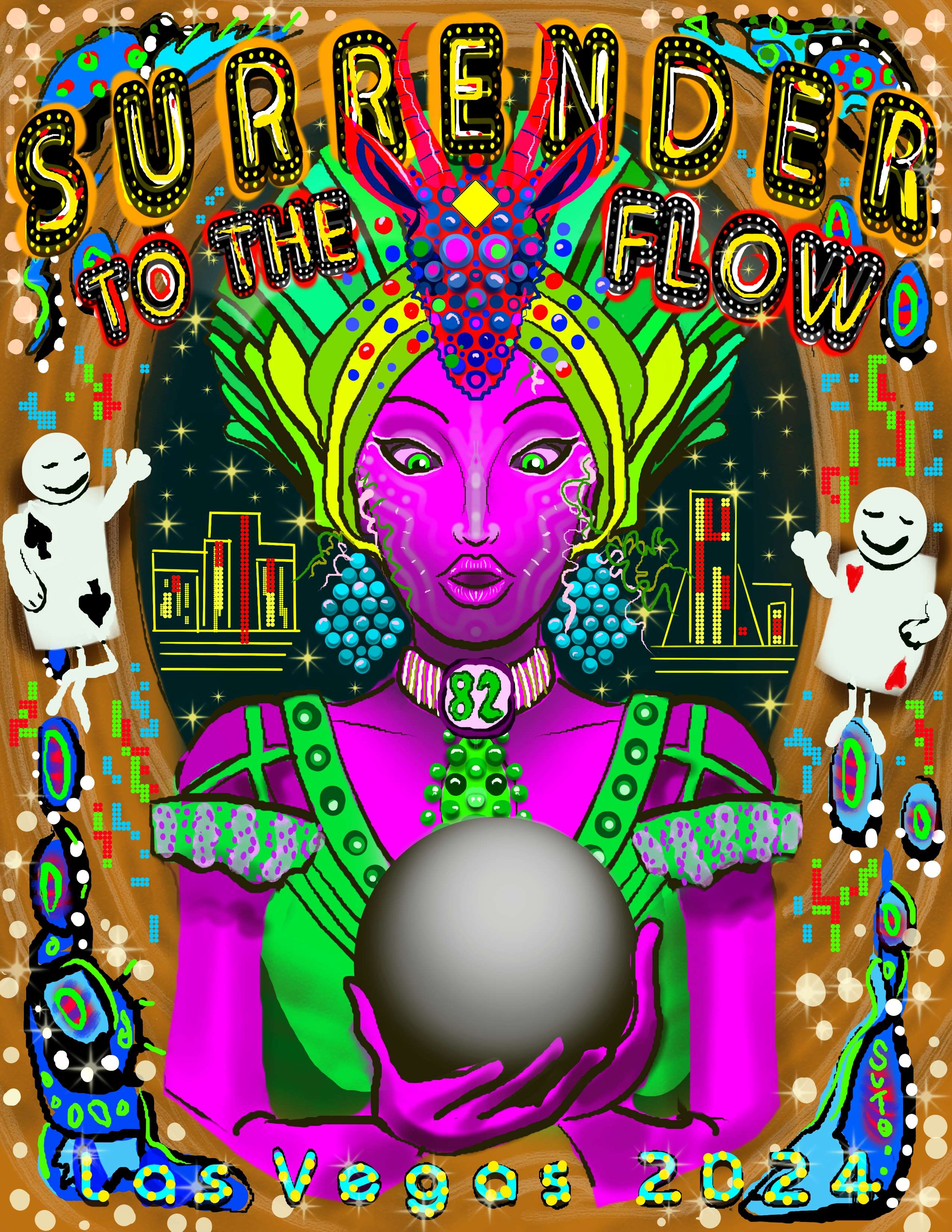
PHISHNET WAS BORN JUNE 22, 1991
PHISH archivist Kevin Shapiro recently---and graciously---tweeted HAPPY 34th BIRTHDAY to PhishNet, because for a very long time we believed PhishNet began thirty-four years ago in March 1990, as indicated in the old dot net "timeline," this News item, and this Jambands article from 2008 when Phish received a Lifetime Achievement Award at the Jammys.
But a few years ago, PhishNet's founder Matt Laurence found his first email to the new PhishNet email list and sent it to us:
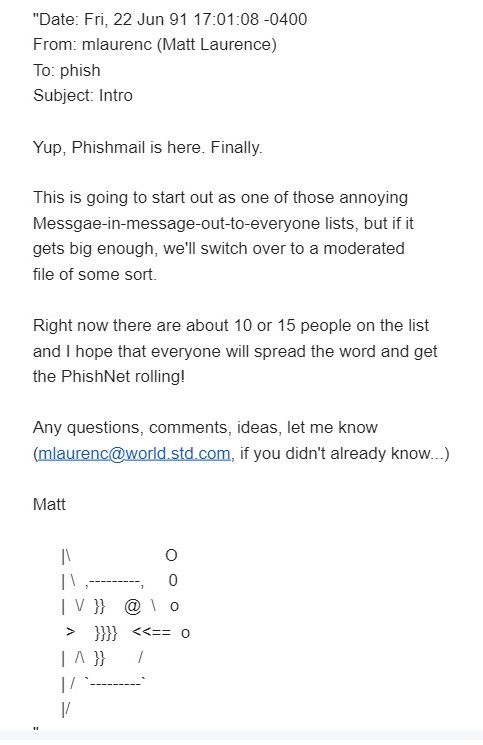
DIVIDED SKY FOUNDATION ANNOUNCES 2024 FUN(D) RUN AND MUSIC FEST
[Text courtesy of Alex of the Divided Sky Foundation. -Ed.]
For the third year, the Divided Sky Foundation has partnered with the Antelope Running Club to host a charity 5K run in Ludlow, Vermont. This event will occur on May 18th and will help raise awareness about addiction recovery and treatment, and support the recently opened Divided Sky Recovery Center, as well as the Turning Point Centers of Rutland and Springfield, Vermont. We're also excited this year to partner with The Phoenix to organize a post-run Mountain Music Festival, featuring Anders Osbourne, Dogs in a Pile and Saints & Liars.
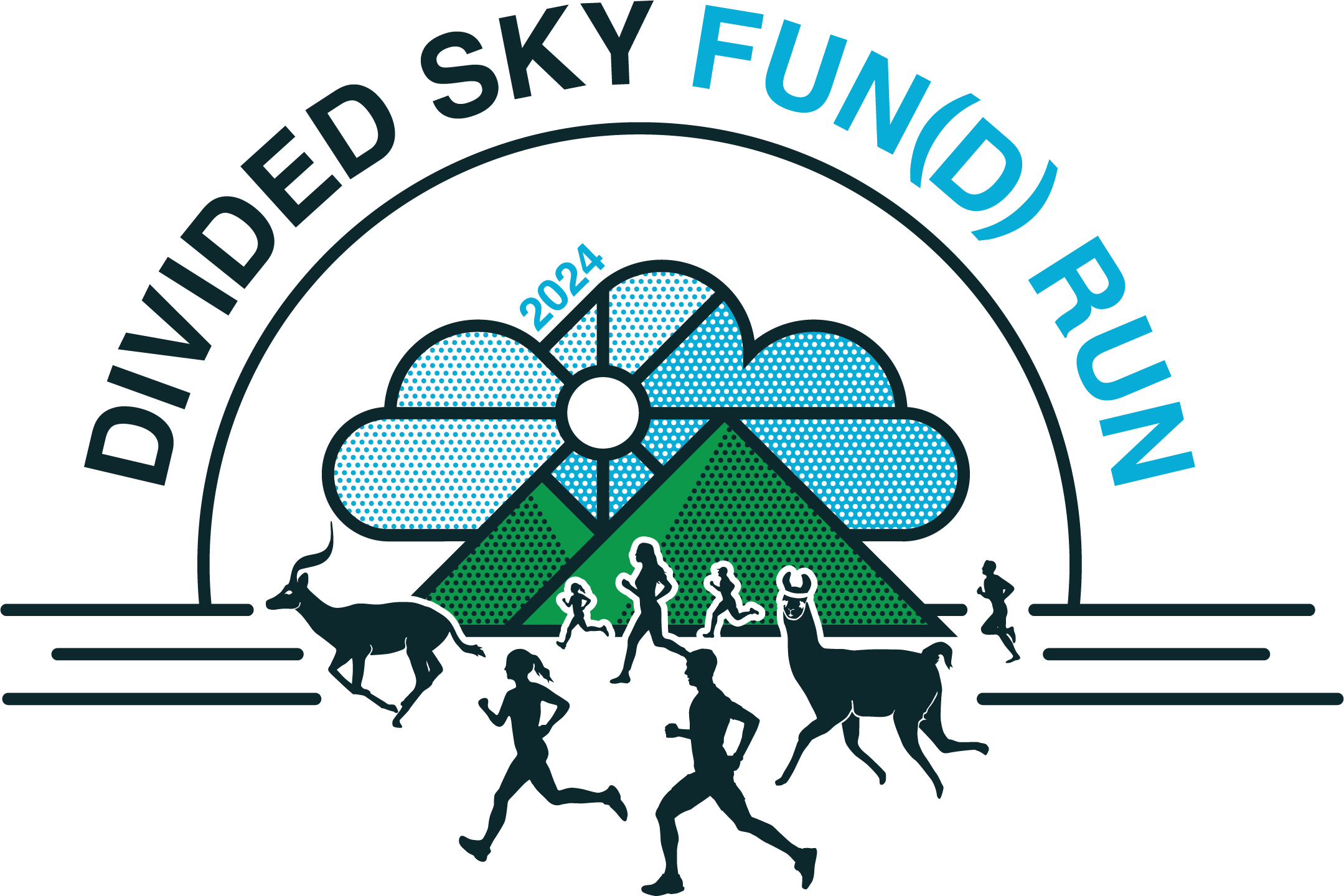
THIS TIME WILL BE DIFFERENT: ATTENDANCE BIAS PODCAST CELEBRATES 15 YEARS SINCE HAMPTON 2009
In case you've missed it, the Attendance Bias podcast with host Brian Weinstein, for the previous two weeks and episodes, has been reminiscing about and revisiting Phish history during the 2000 pre-hiatus and 2001-2002 hiatus period, and the 2.0 and break-up period, with members of Phish.net and The Mockingbird Foundation, Scott Marks and Charlie Dirksen.
REPRISE PHISH TRIBUTE DEBUT STREAMING FREE FROM NECTAR'S
REPRISE is a band that formed to reprise the Phish experience. At each of their shows, a concert from Phish’s history will be played in its entirety. The band is made up of Cal Kehoe (Pink Talking Fish), Adrian Tramontano (Twiddle, Kung Fu and The Breakfast), Chris DeAngelis (The Machine, Kung Fu and The Breakfast), and Scott Chasolen (The Machine). This weekend they'll be playing at Nectar's in Burlington, and both shows will be streamed live from Volume.
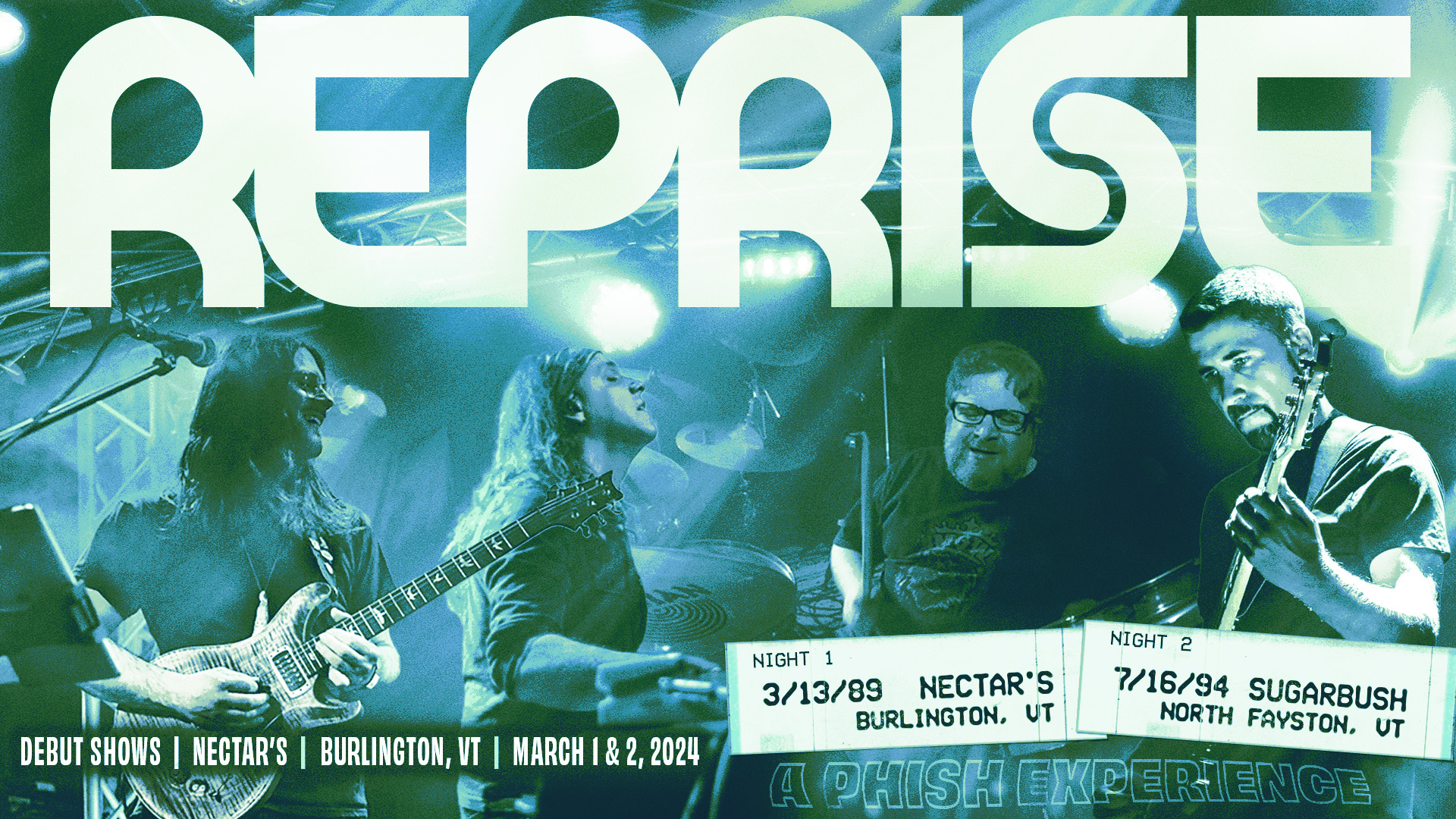
MEXICO4 RECAP: MEET THE NEW PHISH, SAME AS THE OLD PHISH
[We would like to thank user @Scissortail (Matt) for this recap. -Ed.]
“If you’re gonna take a risk, sometimes you’re gonna play shit. … But I don’t think our fans do happily lap it up. I think what happens is they get on the internet and talk about how it was a bad show.” – Trey Anastasio, circa 1996
Trey said the above in the documentary “Bittersweet Motel,” in response to a review that said he could urinate in our ears and call it music, and we would be there happily with tape recorders to capture the moment. I bring it up here because I take some exception to the general premise of Trey’s response.
I think the majority of Phish fans can be quite forgiving of a risk gone bad. What we don’t easily forgive is when Phish isn’t taking any risks at all.
.jpg)
MEXICO3 RECAP: THEN CAME THE SOUND
[We would like to thank user @Laudanum (Jon Allison) for this recap. -Ed.]
The normal mix of anxiousness and anticipation surrounding a Phish show gets dialed up a notch or two when you know you’re going to be recapping it. Moreso when it’s your first time. Will I get a dud and be forced to trash my favorite band? A middling show with nothing much to say about it either way? Or a good to great show, easy to write about, but carrying some small measure of responsibility to capture it for the ages?
.jpg)
MEXICO2 RECAP: NEVER-ENDING WAVE OF HOPE
[We would like to thank John Montague (.net @mazegue) for providing this recap. -Ed.]
How did I get here? I like my Phish a little grimy. I like it indoors, because I like the energy bouncing off the walls. If I could, I’d get teleported to The Colonial Theater in the early '90s, or perhaps pick up some broke and dirty hitchhikers en route to Dane County Coliseum. I want the full Phish experience. I want the parking lot. I want Shakedown Street. I want my dose of American culture at its very best. That said, I am here in Mexico for whatever Gamehendge has in store. Two of my best friends are turning 50 this week, and this is how they want to celebrate. I can’t think of a better reason to be here.
I just saw a good dark and stormy, grimy Phish show in Mexico, in the least grimy of venues. It was a deep show, layered with complexity, light dancing with dark on Black and White night.

MEXICO1 RECAP: MEXICO GETS MANGOED
[We would like to thank Kelly Wilson (.net @kellynicu) for providing this recap. -Ed.]
Night one of Phish at Riveria Maya began with a mild yet refreshing mist of rain before the band took the stage at 9:15 to a sea of eager fans. They kicked off with an upbeat “Back On The Train” to get the party started while Kuroda’s purple and blue lights made even the palm trees dance and glow. After an extended jam, Trey, as always, graciously welcomed us before breaking into “Moma Dance,” which included three random samples of the words “three orange whips.”
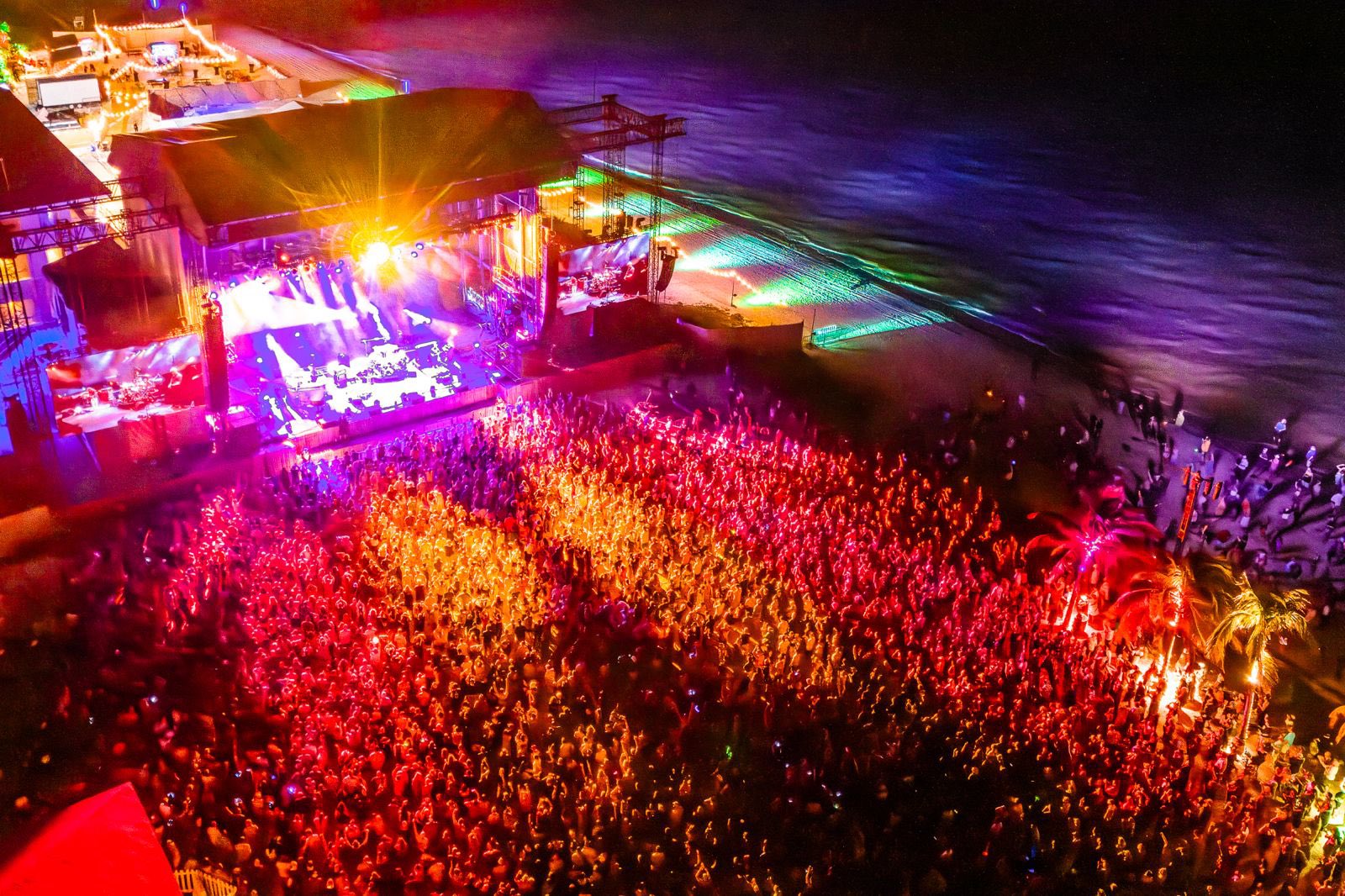
BACKWARDS DOWN THE NUMBER LINE: PHISH DATA VISUALIZATION PROJECT
[We would like to thank user Jasn1001 (Jason Carlson) for his work and this post! -Ed.]
One of the best things about Phish.net and Phish.in is the free API access to the relational database. It allows any member to request a key and query the database of songs, shows, setlists, and more.
As a long time Phish fan and having recently gained some data manipulation skills, I started a personal project to make a visualization dashboard. Plots that I always wanted to see. To help summarize all of the data the volunteers at The Mockingbird Foundation, Phish.net, and Phish.in have collected over the years.
I had already been working on the dashboard before seeing the recent post about show ratings being disabled because of a surge in activity skewing ratings of historical shows. This motivated me to finally finish the dashboard and share it. The idea of increasing access to the data and helping individuals find a reason to rate shows on Phish.net is what the project is about. Whether it is a highly rated show, average, or low. If a listener had been there the night of, streamed it from home, or listened to it on phish.in a few years later. I think the dashboard can help to navigate the data around the year, tour, or show and help to justify a rating of what your ears just heard. A law of large numbers type of idea that the larger the sample size of ratings becomes the closer we get to the true rating of the show. Here is the link https://www.philletofphish.com/. It is best viewed on an iPad or larger.
Here is a quick rundown on the site.
First, select the show date from the searchable dropdown box, which by default is set at the most recent show.

 The Mockingbird Foundation
The Mockingbird Foundation